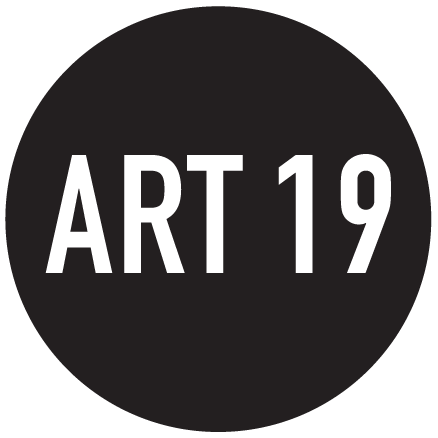BlackBook: ‘Chance Aesthetics’ – Gagosian Exhibits Gerhard Richter’s ‘Cage Paintings’
The fact that Gerhard Richter returned to his birth city of Dresden, Germany in 1951 while it was still in ruins from the merciless February 1945 bombing by the Allies has likely imbued his work with a recognizable tension throughout his entire career. That he has never wavered from his dedication to the medium of painting may also betray a need to maintain consistency and control, after an adolescence spent surviving the most deadly war in human history.
Yet the exalted artist was also influenced by the capricious concept of “chance aesthetics,” which enshrines the role that the unexpected has played in the development of modern and abstract art, a methodology from which one might even draw a line to the spontaneity of punk and post-punk. A contemporary of Richter’s who was also a product of that same creative philosophy was avant-garde composer John Cage – who regularly incorporated “incidental sound” into his work. And Richter paid him fitting homage in a 2006 series pithily titled Cage Paintings. (N.B. Richter’s music world cred was actually sealed when Sonic Youth chose his painting Kerze for the cover of their epochal 1988 album Daydream Nation. The band were also influenced by Cage.)
Most tragically (There has been so much “tragically” in the last twelve months, hasn’t there?), the works were part of what was to be a landmark exhibition at The Met titled Gerhard Richter: Painting After All. It opened March 4, 2020, and closed eight days later. But the Gagosian gallery in Beverly Hills is now showing six of the Cage Paintings, and have thrillingly added a new series of drawings he created during the summer of Covid.
Birthed in his Cologne studio fifteen years ago, the anxious but exhilarating Cage abstracts are in his familiar large scale (size definitely matters), with rigorously scratched and scraped paintwork that falls somewhere between controlled chaos and tense elation. Indeed, there is a kind of sturm und drang quality about each – yet there is also something meditative about seeing them hung side by side.
Larry Gagosian enthuses, “Richter, like John Cage himself, has changed the history of art and has had such an enormous influence on subsequent generations of artists. To present this important series alongside new drawings is a great honor for me.”
In 2012, of course, Richter’s Abstraktes Bild (809-) was sold at Sotheby’s by Eric Clapton (yes, the rock star) for $34 million, the highest price ever paid for a work by a living artist – a record that has yet to be broken. It was a remarkable trajectory for someone who had retained a kind of cult status until in 1995 New York’s MoMA purchased the 15 paintings that made up 18 October 1977, which referenced the radical left German anti-capitalist collective Baader-Meinhof. The art world decisively stood up and took notice. And so it was certainly a terrible let down that the Met exhibition, which would have properly honored a truly remarkable career, was terminated by this dreadful coronavirus crisis.
But perhaps there is something poignant in all of this, if one considers Richter’s fascination with how chance shapes the narrative of creativity. And, well, some 3000 miles away from The Met – and much as he did as a youth moving on from war – his work has found a way to rise above tragedy.
Published on www.blackbookmag.com.






